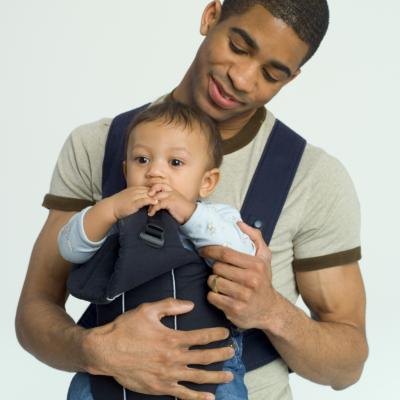
A securely attached infant has a mutual understanding or bonding with his parents. One of the most outspoken advocates of the attachment parenting style is Dr. William Sears, according to the website, Ask Dr. Sears. To create this important attachment, parents need to start as soon as the baby is born to foster natural bonding. Babies that are securely attached are happier and less fussy, and a trust is built between you and your baby.
Instructions
- 1
Look into your baby's eyes, if they're open, as soon as she is born. Speak her name and introduce her to the world. Bonding at birth is important to forming a securely attached infant, but bonding with your newborn can be delayed due to a cesarean section or medical complications. As soon as you can see your baby, hold her, speak to her and look into her eyes.
2
Breastfeed your baby as soon as you can. After the birth, try to get your baby to latch onto your nipple. Colostrum is the first milk that the breasts secret that contains antibodies for the baby. Continue breastfeeding as long as possible to understand your baby's cues and body language. Also, breastfeeding creates hormones that relax the mother and baby.
3
Wear your baby in a sling. Both parents can ensure an attached infant when wearing their baby. The baby can sleep and nurse within the sling. It also increases a parent's sensitivity to their infant's needs.
4
Sleep with your infant next to you in bed or in a bassinet near your bed. It's easier to soothe, nurse or feed your baby during the night if your baby is close by. Babies feel more secure sleeping near their mothers.
5
Pick up your baby if she's crying. Young infants aren't crying to manipulate but to communicate that they need something. Responding to your baby helps her feel securely attached to you.
6Trust your instincts with your infant. By early bonding and following an attachment parenting style, you will understand your baby better than anyone else. Your infant creates cues for you to read when he's securely attached.
No comments:
Post a Comment